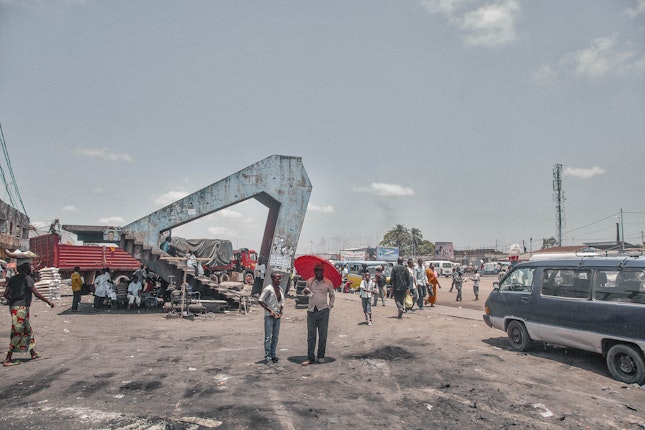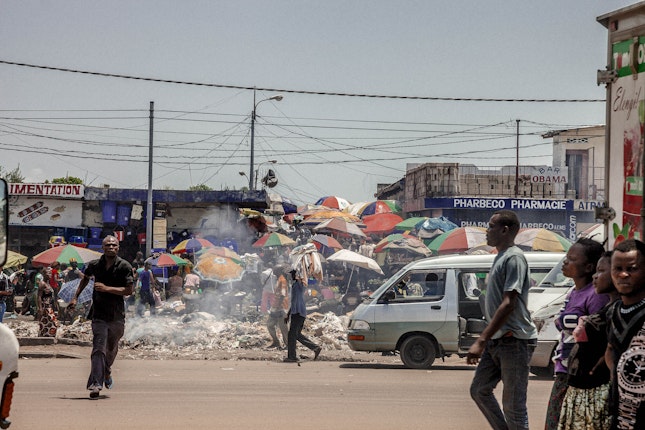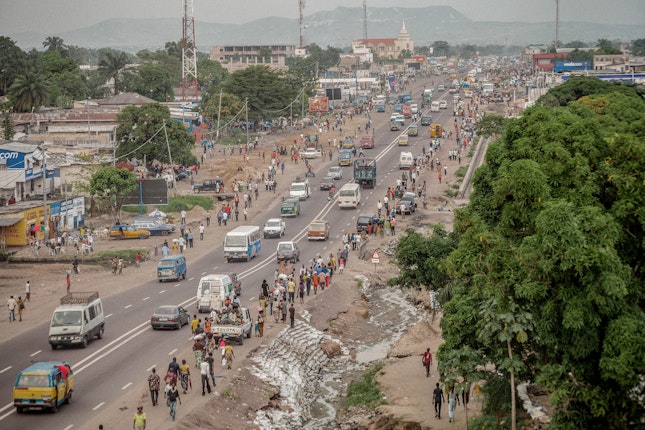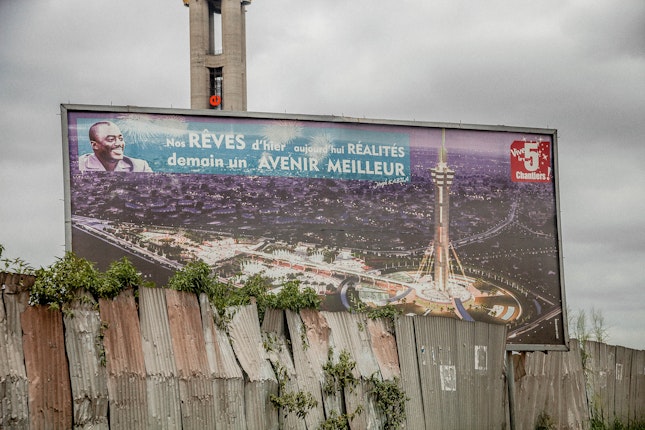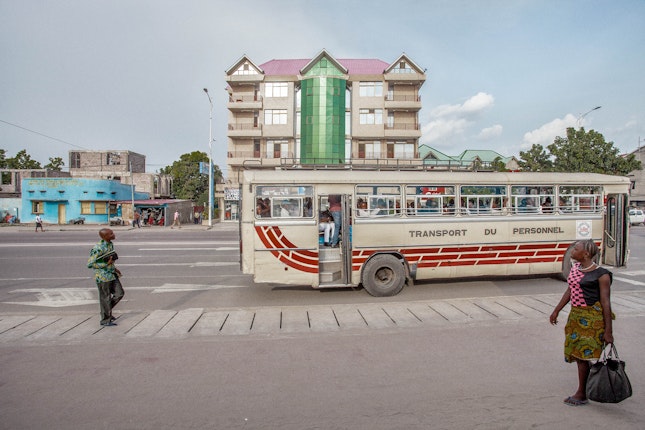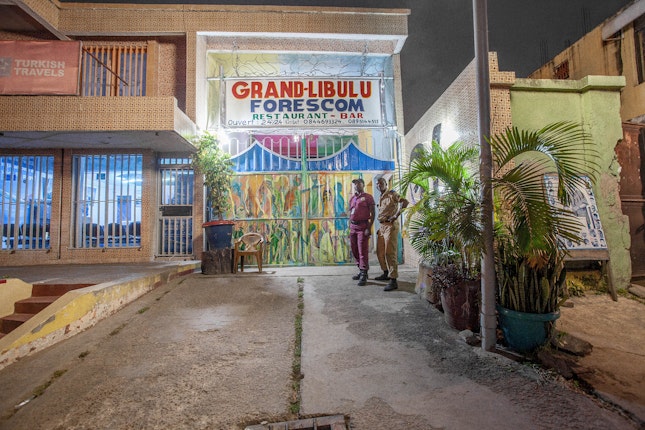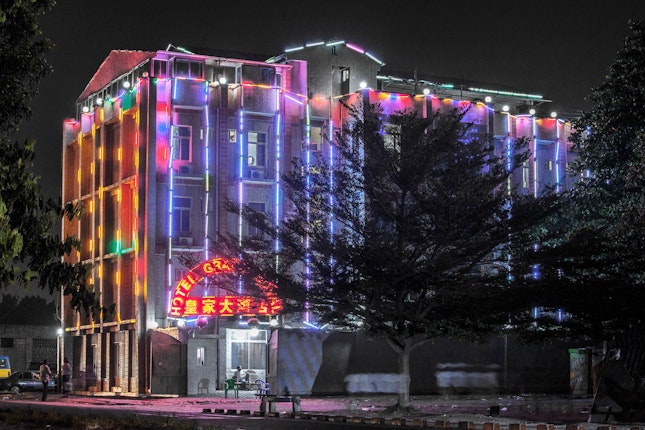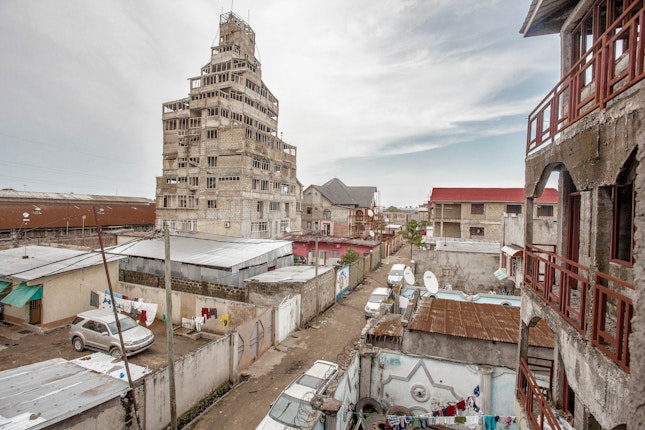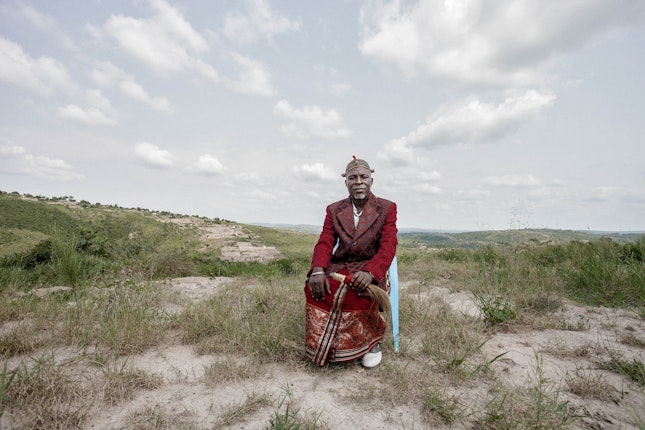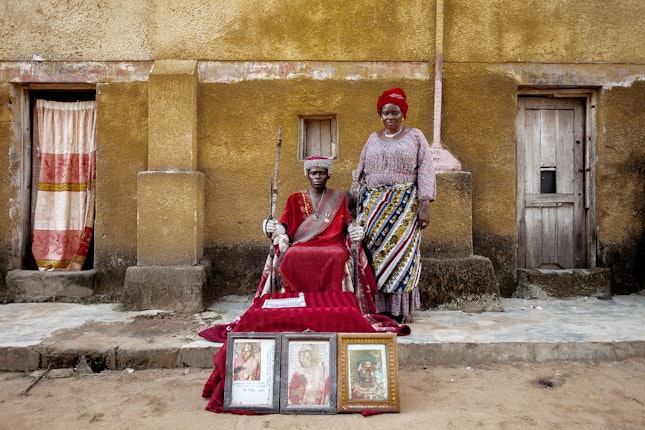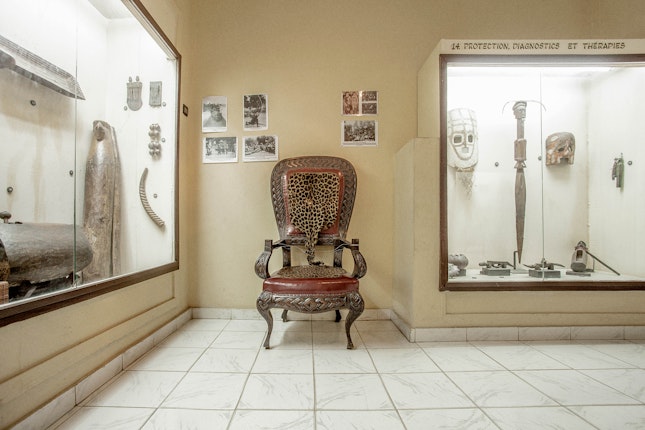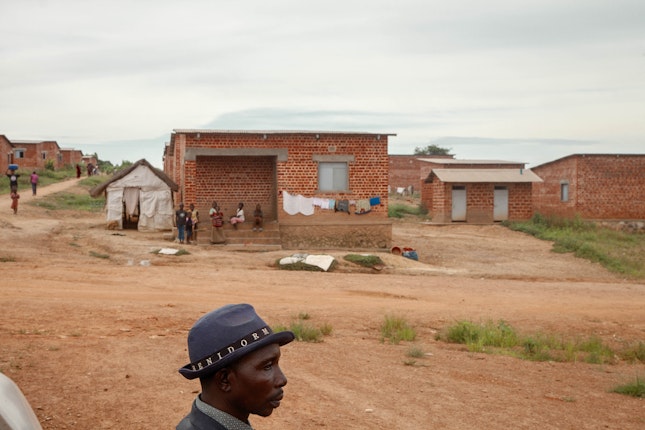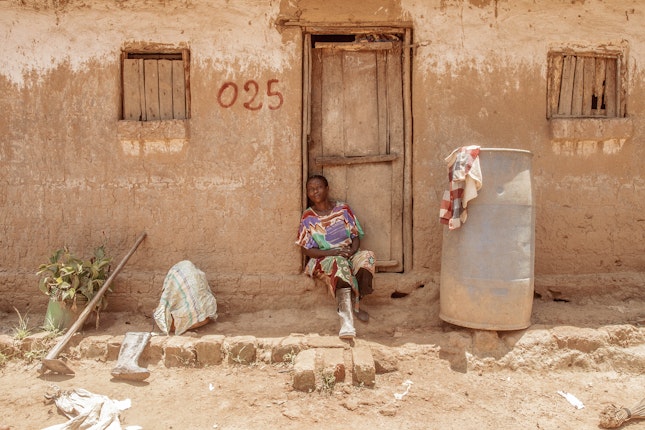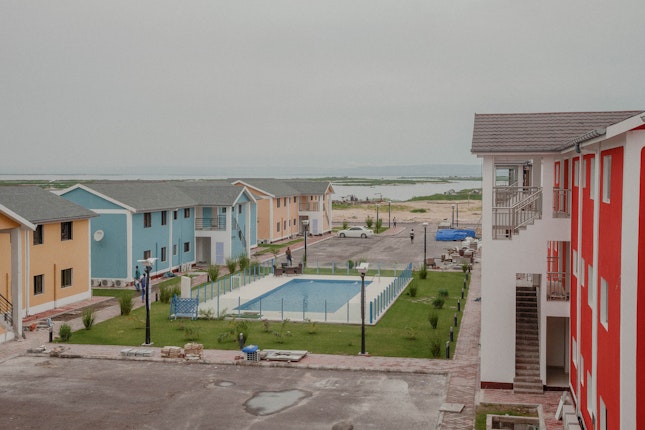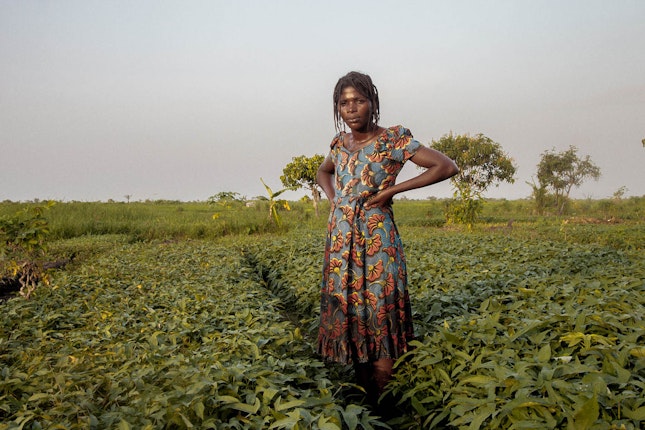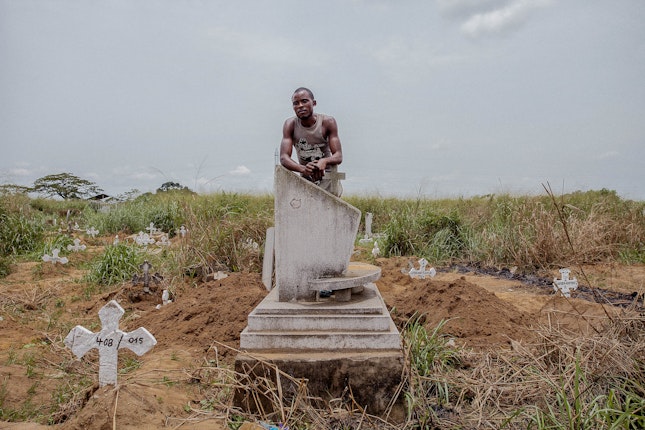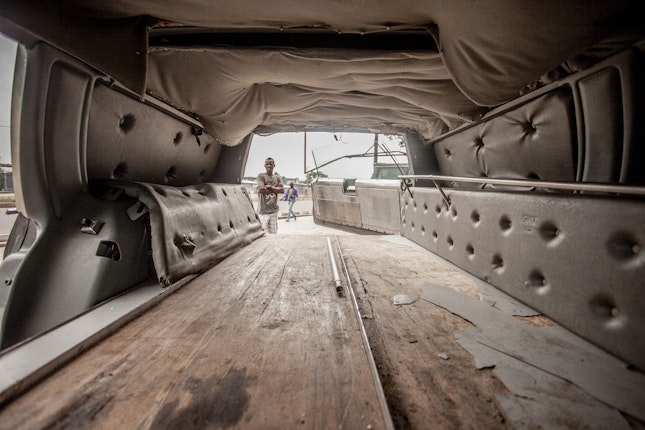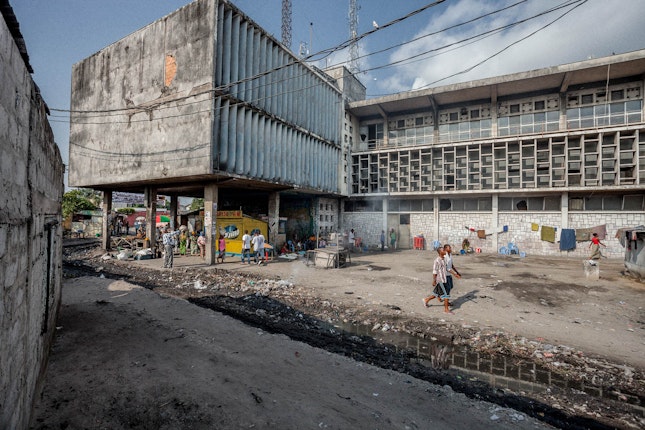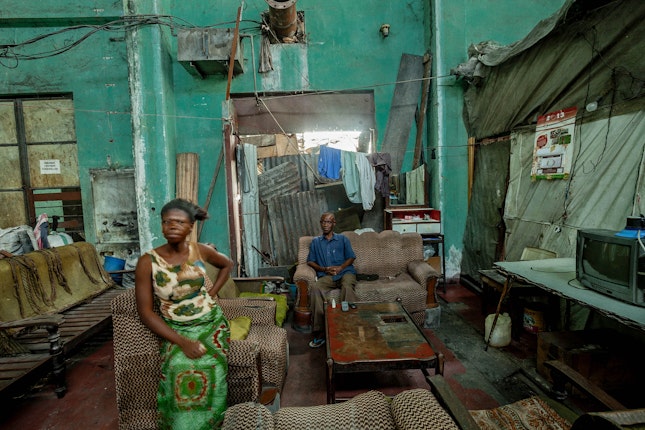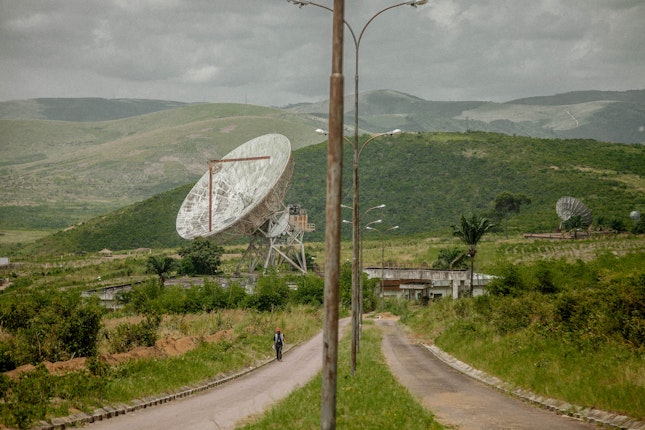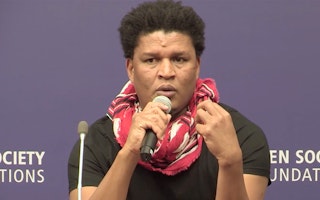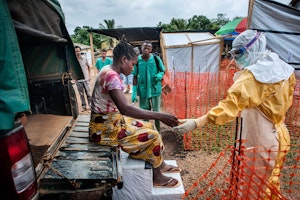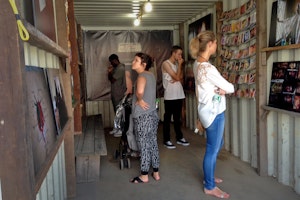A Photo Exhibit Explores Life in the “Urban Now”
By Yukiko Yamagata
Material infrastructure and built form have tended to occupy a prominent place in conversations about the global phenomenon of urbanization. However, equally as important are those aspects of urban placemaking that defy straightforward depiction: how cities, territories, and their histories are imagined by the diverse people who inhabit them. This applies especially for attempts to grapple with the specificities of the African urbanscape and to imagine new urban paradigms for the African city of the future.
An example of this imagining is Urban Now: City Life in Congo, a collaboration between photographer Sammy Baloji and anthropologist Filip De Boeck. Together, they offer an exploration of different urban sites in Congo through the media of photography and video. They define the “urban now” as a moment suspended between the broken dreams of a colonial past and the promises of neoliberal futures; the exhibition offers an artistic and ethnographic investigation of what living—and living together—might mean in Congo’s urban worlds.
Organized in partnership with WIELS Contemporary Art Centre in Brussels, Urban Now: City Life in Congo marks the start of the Open Society Documentary Photography Project’s redesigned exhibition program, which will now alternate between shows organized in partnership with other institutions and curators, and the ongoing Moving Walls photography series. It also marks the start of a yearlong look at the topic of urbanization through the exhibition program.
Urban Now: City Life in Congo will be open to the public at Open Society Foundations—New York through July 13, 2017. Afterward, the exhibition will travel to the Power Plant in Toronto and Galerias Municipais/EGEAC in Lisbon.

Until December 2021, Yukiko Yamagata was curatorial and deputy director of Culture and Art at the Open Society Foundations.
